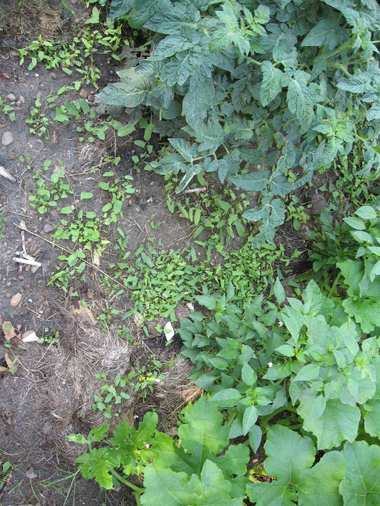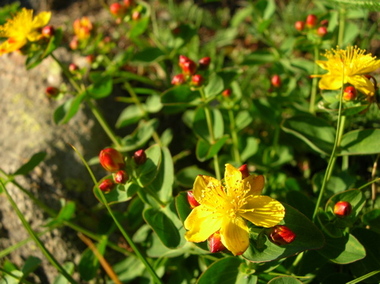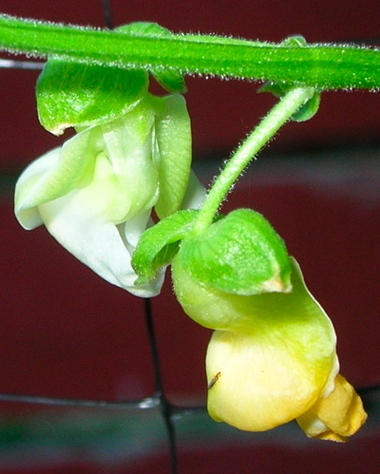Note: I've changed names here because I don't want to invade anyone's privacy.
Around eleven-thirty this morning, driving north towards the shopping mall where I had a meeting at Borders, I saw several signs of change: a new street-light at Dead Man’s Gulch, an aspen sporting yellow leaves, and a dusting of snow even on Baldy, the lowest of the Bridger Mountains. The snow was gone by the time I drove south again after completing my errands at PetSmart and Target, for by then the sun had reached the western side of the mountains, the side visible from town, but I knew it still lingered in north-facing crevices.
About two weeks ago Mary Jo Snelling summitted Mt. Cowen, in the Absarokas. Today she flew to a rehabilitation center in Denver specializing in spine and brain injuries, to learn how to live as a paraplegic. Her business partner, my friend Pat, dove at once into the task of trying to preserve Mary Jo's business so that when she returns she’ll find it intact and thriving.





 Subscribe to RSS feed
Subscribe to RSS feed


